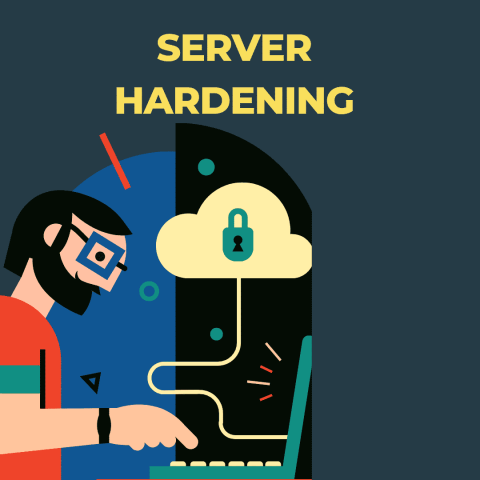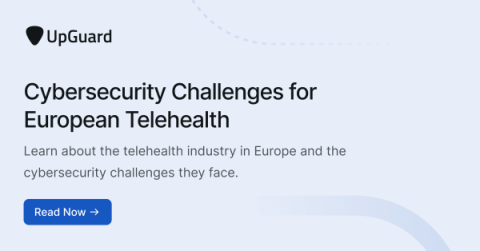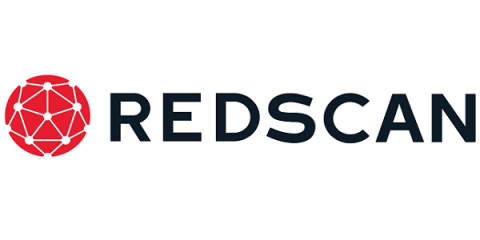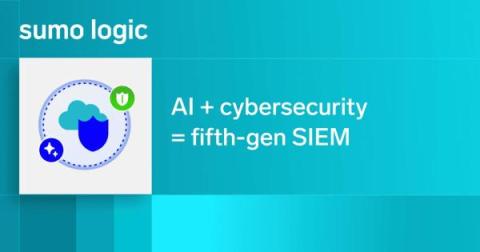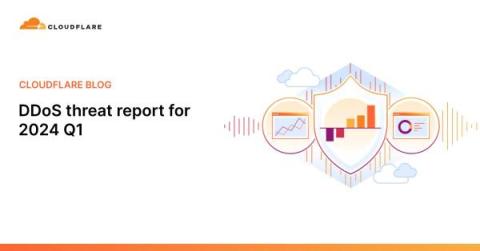Server Hardening Steps and Guide to Secure Your Server
Server hardening is a process that secures, essentially “hardening” a server infrastructure reducing the attack surface, which encompasses all potential entry points that unauthorized attackers could exploit. The objective is to enhance protection, minimize vulnerability and improve security posture. Achieving security and compliance requires implementing server hardening as an essential prerequisite. Server hardening is a proactive process that involves.


